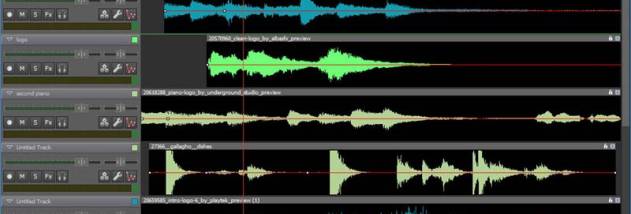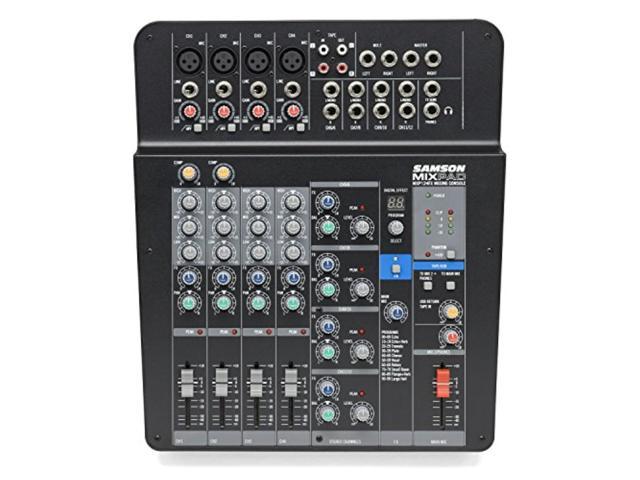
During a specific song, I decided to try boosting the mid-range EQ a bit more (that 1kHz range). For example, one time I had choir mic’s all set and EQ’ed to my liking. It’s that very EQ process where we can cause feedback ourselves. What about creating feedback when EQ’ing a channel? The guide covers all aspects of audio production including the stage and booth work necessary for pro-actively preventing feedback: If you are constantly dealing with feedback problems, then check out my guide. Using a digital mixer, tighten up the frequency range of the applied cut so only a small range of frequencies is cut.

Whistles and screeches: Most likely above 2 kHz.ĭetermine the likely frequency range and then apply a cut to that range by 3dB.Singing: The range is in-line with 1kHz.Hoots and howls: Likely in the 250 to 500 Hz range.

In the first part of the article, I mentioned the frequency that required the least amount of energy to excite resonance is the feedback frequency. How does the equalization-for-feedback process work?

The monitor then is amplifying that sound and broadcasting it back out where the microphone picks it up again. The monitor is broadcasting sound the microphone then picks up. A simple example is a microphone and a monitor. Have you ever had people share a microphone and the ringing of feedback only happens with one person? Have you ever created feedback by altering the EQ of a channel? Let’s find out why.Īudio feedback is the sound created when a sound loops between an audio input and an audio output. Not all feedback is eliminated in the same way.


 0 kommentar(er)
0 kommentar(er)
